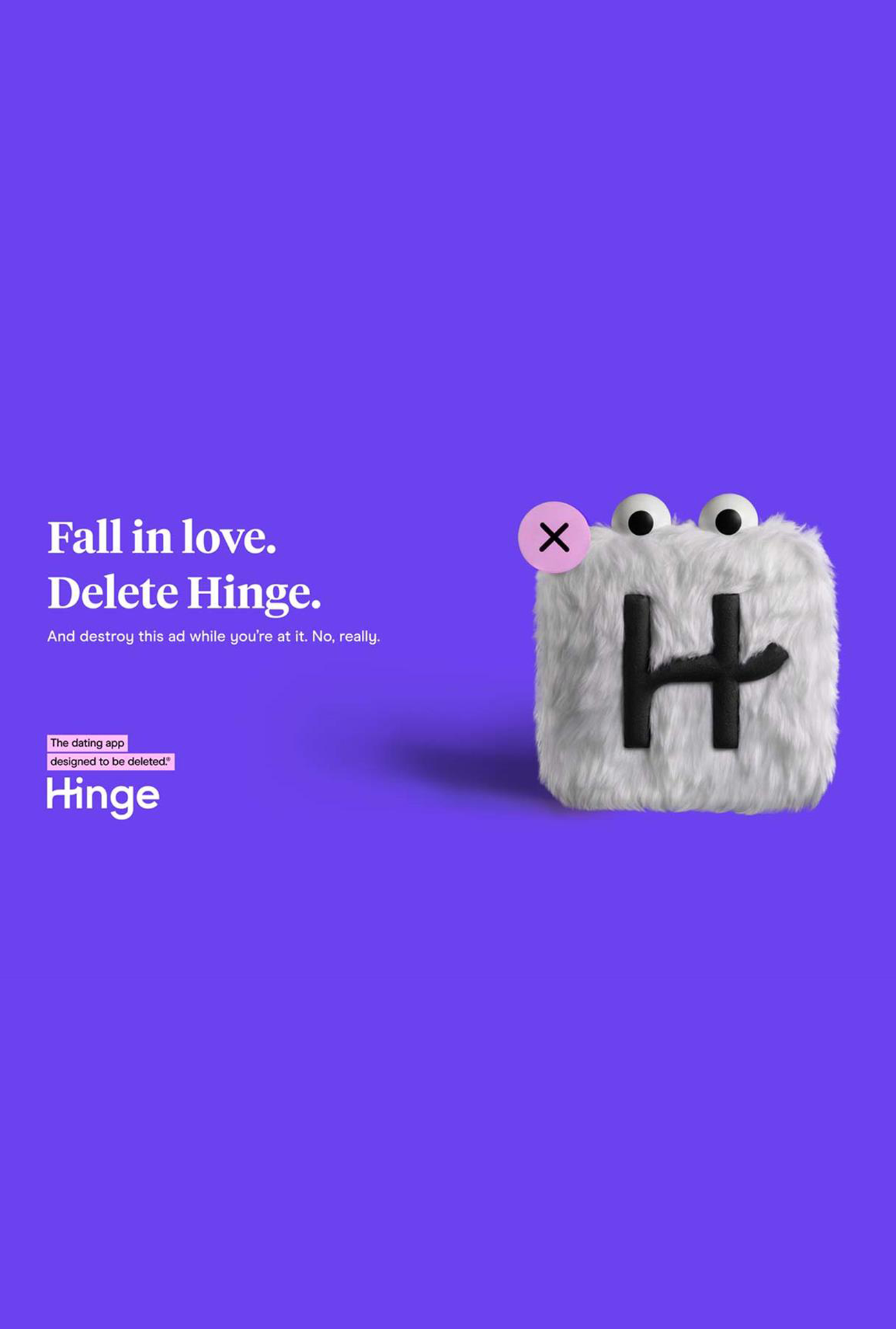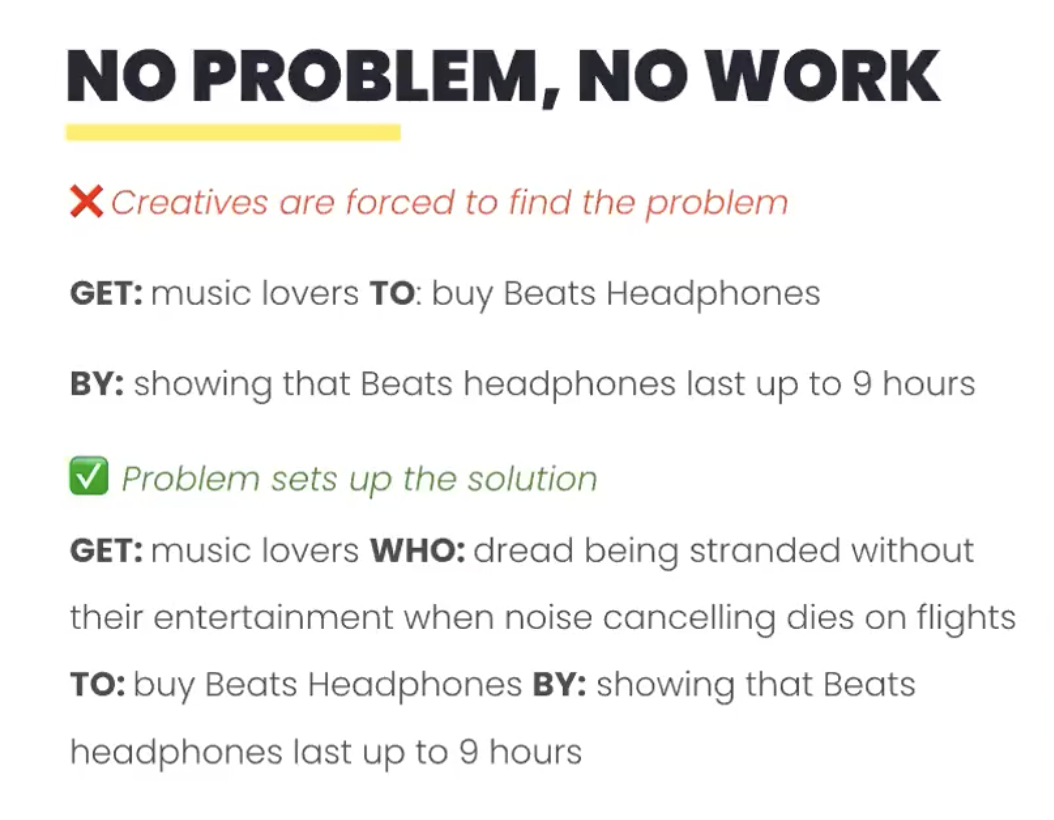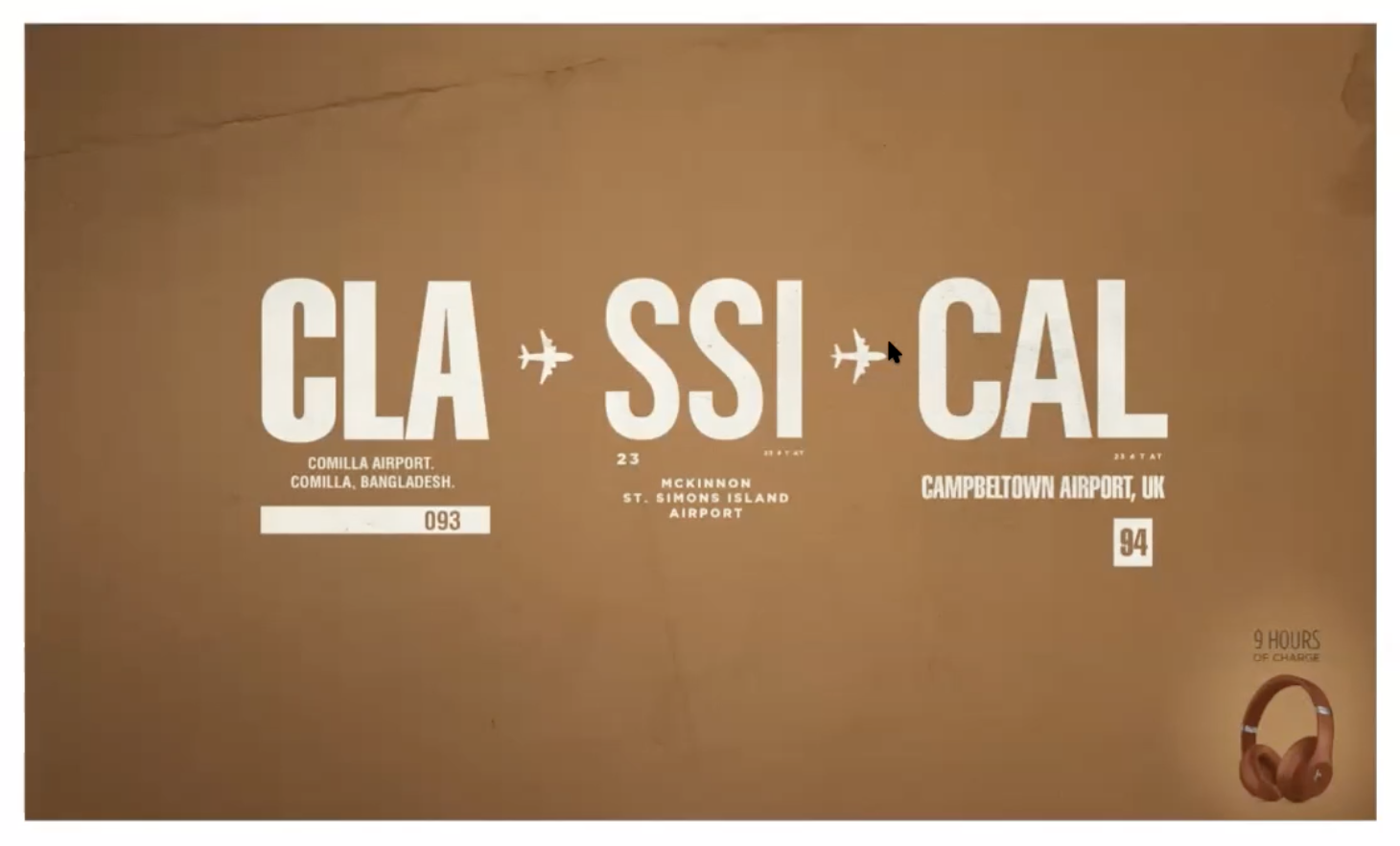
🎶
All in all it was all just bricks in the wall.
All in all you were all just bricks in the wall.
🎶
You know the song Another Brick in the Wall by Pink Floyd, right? Are we all just bricks in the wall? Well, we are in a way. If somebody doesn’t care about something our brain is designed to not pay attention to that particular thing. For the most part of our lives we live on auto pilot, we couldn’t otherwise. By nature, our brains are designed to protect us and focus on the task at hand.
In our case we are talking about brands: we are talking about getting the attention of consumers to tell them something. To tell them about our product in most cases.
Have a look around you. Pause. Have a look. In most cases everything is similar, it’s the same. But in some cases you notice something. Let’s say if you walk down the street and you see something extraordinary that wasn’t there before. You will pay attention to it, right?
That’s because your pattern was broken. If you see 100 brown bricks in a wall, and then you see one white brick in the wall, you will notice the white brick because it’s different.
People learned how to block adverts, we learned how not to pay attention to them. You log on to Google and your eyes know to skip the first three because they are ads. You log on to social media and you scroll if you see an advert. You open TikTok and the first thing we do without watching is tap a button on the right hand side called ‘skip ad’. We all know it. We all do it.
In my book Not Another Pair of Shoes I talked about how most advertising is ignored and how in the UK alone £17 billion is wasted on adverts. I talked about how Dave Trott, a creative director I had the pleasure meeting a couple of years ago, explained how most adverts are remembered;
4% were remembered favourably.
7% were remembered negatively.
89% weren’t remembered at all.
The numbers are there, the data is there, we can’t ignore it. Ignoring it is just closing our eyes and doing the same thing all over again. Ask yourself this question: how many adverts do you remember from yesterday? (Except the ones you are working on).
Is it one or two? I believe so. If you live in London you are exposed to 120 adverts per day including online and offline. That’s a lot of adverts!
How do you overcome this? By using creativity. But just saying “Be creative” doesn’t work, right? If only it was that easy, we all would be creative. Here’s your secret weapon:
making great creative briefs.
What is a creative brief? Here’s how Wikipedia defines a creative brief:
‘A creative brief is a document used by creative professionals and agencies to develop creative deliverables: visual design, copy, advertising, web sites, etc. The document is usually developed by the requestor and approved by the creative team of designers, writers, and project managers.’
In my own words a creative brief is a document where you write your objective and help the creative team see things from a different perspective to create a great campaign or design work.
If we use creativity and a brand story, that’s a recipe for success. So before doing any creative work, design or campaigns you do a creative brief. The problem is most of the time the deadlines are rushed and you need to create a brief really fast. But regardless of that, a creative brief should help the designer or the person who works on the creative team create something amazing.
I learned to create better creative briefs from Julian Cole, an excellent strategist. So here are a few examples. Rather than taking a picture of a brick and posting it on social media you create a creative brief first – assuming you are selling bricks.
One important element is this: there are bad briefs and great briefs. So here’s an example of a bad brief:
GET: GenZ that love experiences over products
WHO: Are not aware of our product.
TO: Buy our product.
BY: Letting them know about our new feature.
This is a no go. This is wrong on so many levels.
As you noticed we used a structured GET/TO/BY brief.
Here’s what the brief stands for:
GET – Target customer
WHO – Consumer Problem
TO – Desired Response
BY – One message action (solution)
Here’s an example of a great brief for Beats Headphones:

Here’s the result:

Do you see how the concept came to life? The actual product is not the main focus.
Here’s another example for dating app Hinge:

Here’s the result:
As you can see, before we do a creative campaign, artwork or design, there needs to be a great creative brief. There are a lot of things that need to be done for creative work to work. Ideas don’t just come to us, we need to have a strategy and then execute them in the right way.
Big companies of course hire talented people, agencies to help them create creative campaigns but that doesn’t mean that smaller companies can’t use exactly the same tools they use.
What’s the response? Well you can imagine that posting a picture of the dating app saying download now, or book now, won’t do the job as a creative campaign, I mean it’s common sense and of course there is data to show that.
When something is well thought though and executed perfectly you have more chances to succeed.
Now, to not be another brick in the wall but be a white brick or red brick in the wall we can use creative briefs to differentiate ourselves. This is the secret weapon, and now you can use it.
Use creativity at all costs, otherwise the cost of not using creativity is much higher because the cost of acquiring a client is getting higher and higher.
If you do need help, you can always get in touch with me at [email protected]


